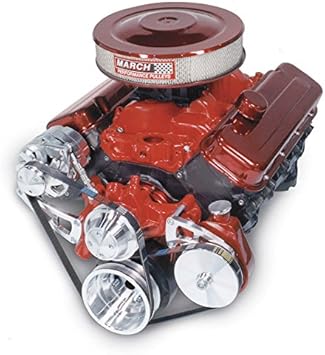mongooz
.


Kevin Beal of Spotford, N.H., is the owner of the very first Pontiac Firebird production car to get the Trans Am package. This particular car is a bit out of the ordinary owing to its early build, so let’s first look at what the 1969 Trans Am represented before getting into the unique details behind the first example.
The 1969 Pontiac Trans Am
The Trans Am — a true Pontiac muscle machine — started out as a sports-racing car. It was planned as a competitor in the sedan class of the Sports Car Club of America (SCCA) Trans-American Cup series. Indeed, a shortened version of the name of that racing series was used for the car, and Pontiac paid the SCCA a $5 per car royalty for its use.
The racing version was originally planned to be powered by an ultra-high-performance, low-compression 303-cid small-block V-8. The engine was designed specifically to “fit” the displacement limits of the Trans-American Cup racing class. Only 25 of these engines were built, and they were sold to competitors as a replacement to the 400-cid big-block V-8s originally fitted at the factory.
read more: https://www.oldcarsweekly.com/car-of-the-week/car-of-the-week-1969-pontiac-trans-am



